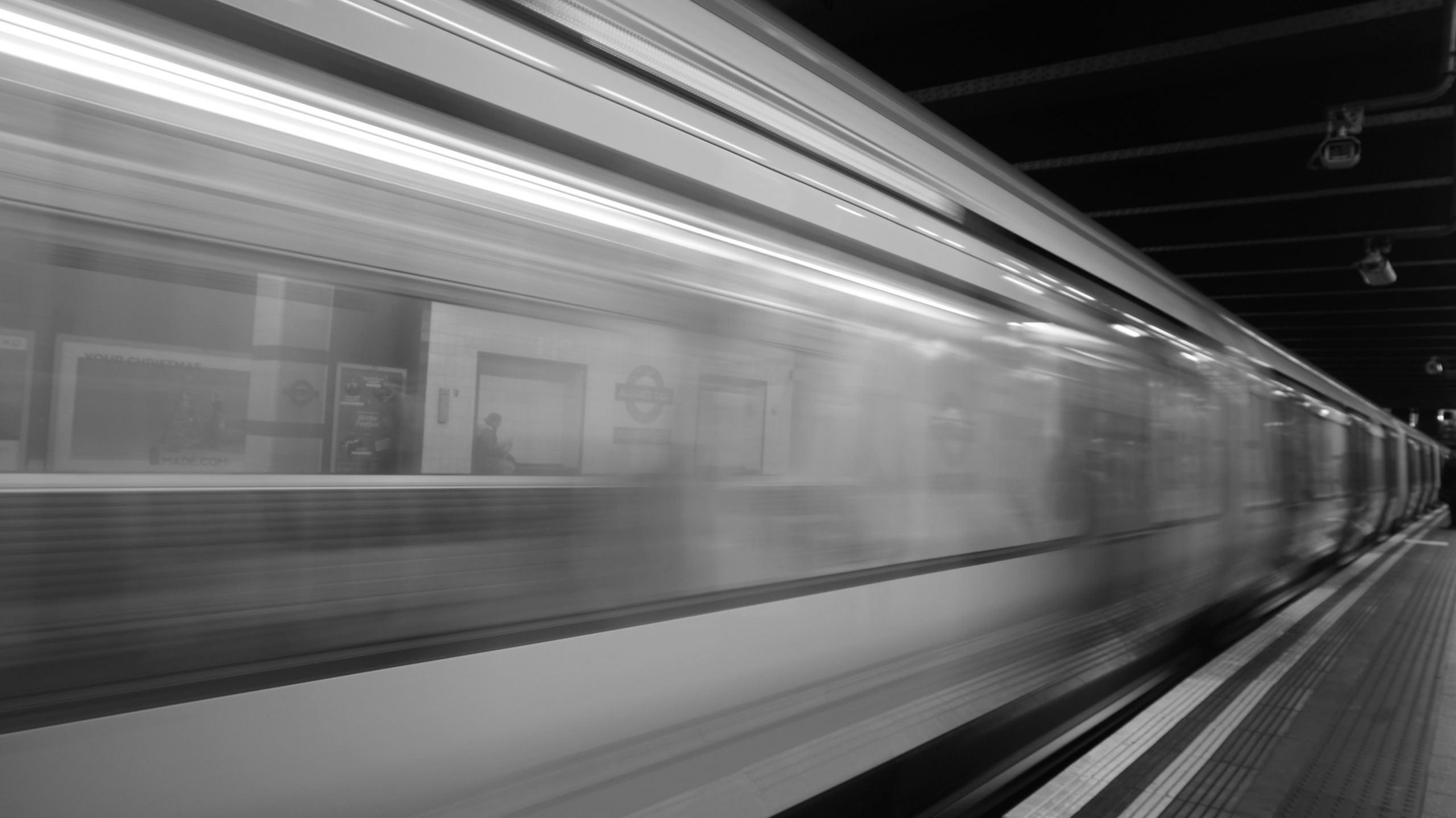Recently published data for Inequality Briefing found that the UK has nine in ten of the poorest regions in Northern Europe, as well as the richest region in Europe, Inner London.
In the 1970s, despite its economic problems the UK was spending more as a proportion of GDP on infrastructure than numerous countries across the world, including Japan and the US. By 2006, the UK was ranked 19th in the world for the quality of its infrastructure and by 2016 it had fallen to 24th.
Access to infrastructure and prosperity are intertwined. Moreover, as the UK has invested less in its infrastructure, so regional inequalities have grown.
While London makes a significant net contribution to the Chancellor’s coffers, it has also benefitted hugely from infrastructure spend. In 2017, London received more than 50% of the UK’s transport investment. There are, for instance, more connections, safety points, lighting and arrangements on the approaches to and leaving London Paddington Station, than in the whole of Northern Ireland.
However, even London has seen lower infrastructure spending in recent years and, while much of the attention on the impact of changing schedules for 55% of the rail network (and a million trains a year) has been elsewhere, London has been affected too.
Frustration with the quality and performance of UK infrastructure, combined with concern that privatised industries are more likely to act against consumer interests, have popularised re-nationalisation. In February 2018 ComRes found that 49% of the public supported renationalising the energy industry and 52% supported renationalising Britain’s railways.
Recent polling by ComRes for Anglian Water, Severn Trent, South West Water and United Utilities shows that over half of public support nationalisation of some NHS services (53% support prioritising these if the Government were to nationalise anything), and a slightly smaller proportion support prioritising nationalising National Rail services. Forty-one percent say the same of energy companies, 31% of water and sewage services, and 25% say the same of mail and postal services.
Only 13% say they do not think the UK should nationalise any of the industries mentioned. Furthermore, one in five adults say that the UK Government should specifically prioritise nationalising private companies in certain sectors (e.g. utilities, transport) over public expenditure on the NHS, police services, schools, welfare and benefits payments.
Given the practical challenges of renationalisation as well as ideological resistance to it, other solutions have been suggested: the German model of a publicly-owned National Investment Bank to fund public infrastructure projects is one. Another suggested approach is a structural overhaul that avoids incurring more national debt through re-nationalisation. In rail this might mean re-evaluating the franchising process and equitable risk-sharing between public and private bodies and organisations (e.g. Network Rail and TOCs).
No matter what the proposed solution to the infrastructure challenge, it will be expensive – at a time when total UK Government debt is still increasing towards the £2trillion mark. Some economists estimate that an investment of £20 billion every year will be required between 2017 and 2022 in order to bring UK infrastructure back up to scratch.
This Government has responded by creating the National Infrastructure Commission (referred to as the NICP, National Infrastructure Commission Pipeline) a year and a half ago, and putting £500 billion into UK infrastructure – around £200 billion of which will come from Government coffers. Only this month it was announced that £5 billion was to be put into new rolling stock, stations and big structural improvements on Wales and Borders routes. The Government has also created joint strategies between a number of big TOCs and Network Rail to promote better coordination.
However, increased investment in infrastructure may not be the only answer. Ironically, since its privatisation, the sector has required increased Government funding via Network Rail. And, despite passenger fares rising steadily, the sector has seen a drop in its proportion of fare box revenue. In the final ten years of British Rail, ticketing averaged just over 64% of total revenue while under privatisation’s first ten years it averaged just over 55%. Essentially, despite the rail sector being privatised, it is still significantly State-funded.
The key question is what would nationalisation change, and what would it need to look like in a vast and immensely complex sector to run efficiently, smoothly and productively? How should the railways be funded, taking into account funding sources beyond public expenditure and fare revenue, such as the relationship between new routes and rising values for lineside land and properties?
When British Rail was taken out of public ownership and management, it was essentially sold off in 100 individual parts. It would appear that the sector’s greatest issues spring from its fragmentation – an industry in which “The train you catch is owned by a bank, leased to a private company, which has a franchise from the Department for Transport to run it on this track owned by Network Rail, all regulated by another office, and all paid for by taxpayers or passengers,” (John Stittle to the Financial Times). Debt, responsibility, blame and profit are passed around a complex system and make accountability and collaborative working a challenge for some in the sector.
If this Government wishes to seek efficient, authentic, and long-term alternatives to nationalisation in the infrastructure space (particularly in rail), it may need to consider a structural overhaul – one that prioritises accountability, tough sanctions for those failing to meet promises, transparency and a collaborative spirit – all of which are changes some would like to see to across the public sector and local government in general. Perhaps this sector will lead the way.








